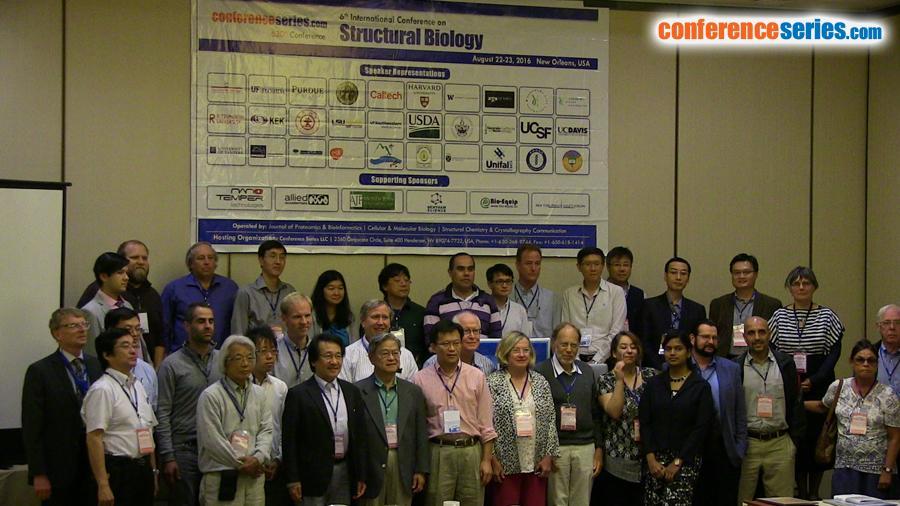
Chan-Shing Lin
National Sun Yat-sen University, Taiwan
Title: The atomic structures of dragon grouper nervous necrosis virus from cryo-EM in comparing with X-ray diffractions
Biography
Biography: Chan-Shing Lin
Abstract
Betanodaviruses cause lethal nervous necrosis in more than forty species of fish. I will present the maps from cryo-electron microscopy (cryo-EM), since 2001 when the first map was published, in comparison to x-ray diffractions. During the low resolution era of 10-20 Å maps, the molecular features of the Dragon Grouper Nervous Necrosis Virus (DGNNV) were intensively studied. Virus-like particles (VLPs) are formed by the single capsid protein that was expressed either in E. coli, yeast, or insect cell, while VLPs were not found when 35 amino acids at the N-terminus or four amino acids at C-terminus were deleted. Residues of aspartic acids interacting with cations are found to be important to the VLP stability, whereas the potential disulfide bounds of cysteine residues were not essential for the particle assembly. In the pathway of the DGNNV entry into fish cells, micropinocytosis interacting with heat-shock protein HSP90-like was proposed while the detail interaction of protrusion domain with lipid-bound protein is under investigated using x-ray refractivity. Three domains of the capsid protein (RNA-binding, shell, and protrusion domains) in truncated clones were determined to 4-6 A using x-ray diffraction. The proposed structure of the Betanodvirus since 2001 was doubly confirmed, in addition to another cation-binding site at protrusion was found. Recently, cryoEM with a direct detection camera to overcome specimen motion and radiation damage issues provides near atomic structures of the T=3 DGNNV VLPs. The structure of the shell domain (52-213th aa) in weak basic condition was determined to 3.56 Å resolution and an atomic model that was built de novo reveals protein-protein interactions, calcium-ion bridges, and unique cation interactions. The cation interactions stabilize the particle by holding three subunits in an asymmetric unit of trimer and patching asymmetric units into an icosahedron and their alterations have led to expansion or disruption of the particle. The cryo-EM structure changes upon immersion in an acidic condition that mimics endocytosis entry pathway suggests that a pH-sensing mechanism for the piscine NNV machinery to deliver its genome.


